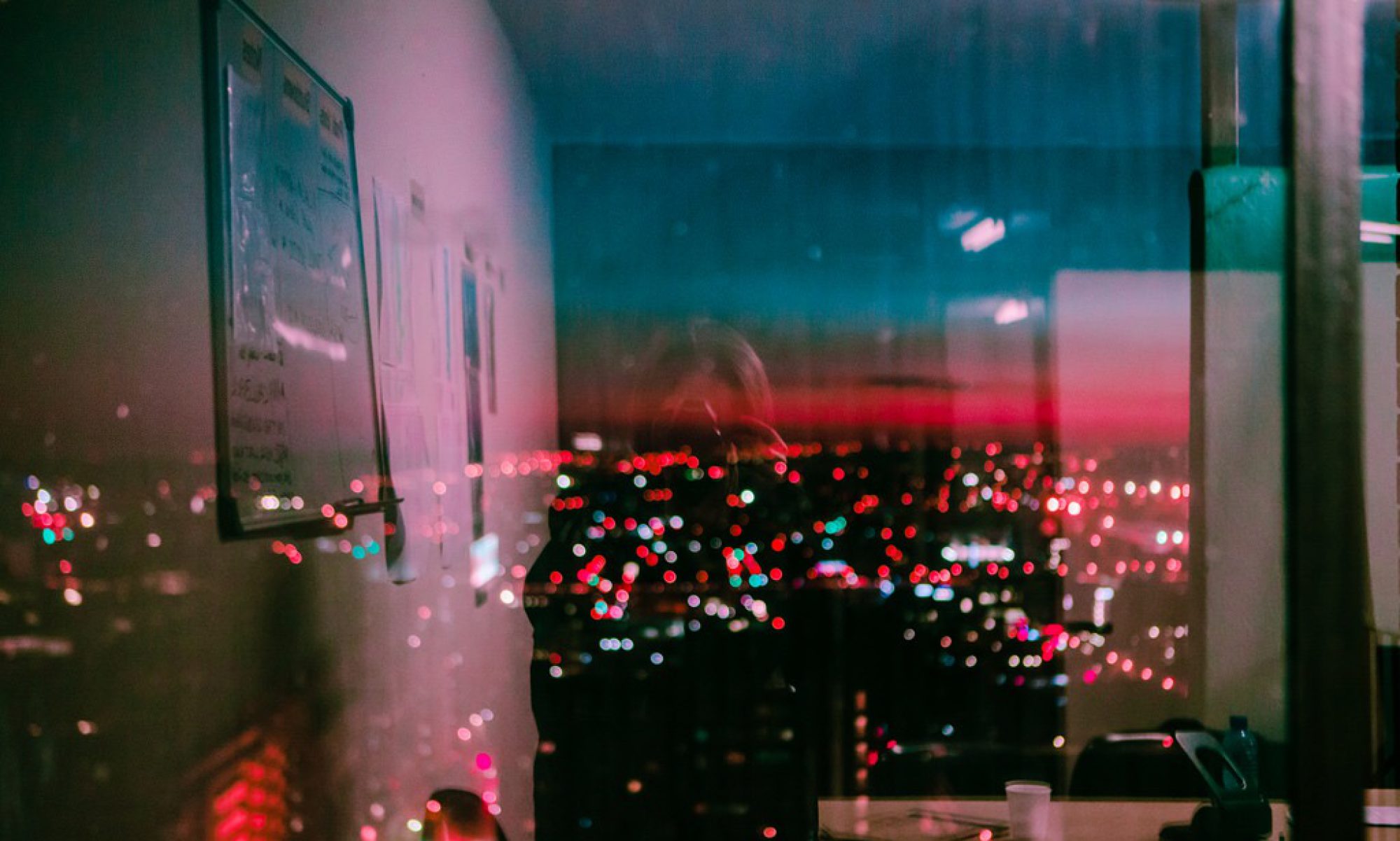In the reading The Crystal Goblet, Beatrice Warde tries to convey the message that typography is not merely just a type. It has a deeper purpose and more technical than we think. She uses metaphors of “solid gold, wrought in the most exquisite patterns” versus “crystal-clear glass” as the virtues of the perfect wine-glass, and parallel that to typography.
She does this to infer the purpose of type and the effects on communication between humans. To her, the crucial thing about type or printing is to “convey thoughts, ideas, and images from one mind to other minds.” With a ‘transparent’ type, typography will then help to highlight the thoughts and ideas contained in the written word.
Beatrice also commends that typography will not qualify as an art “until the present English language no longer conveys ideas to future generations, and until printing itself hands its usefulness to some yet unimagined successor”. Meaning to say that to her, as long as it still serves an active form of communication and language, it proves that typography cannot be an art. A fine art artist reflects feelings and emotions, whereas a typographer and designer tend to think more than they feel.
However, I only agree to a certain extent. I say yes to the fact that the primary purpose of typography is the communication between human to human and to what’s written. That a responsible typographer is like a crystal goblet that is transparent enough to hold the wine (the author’s mind) allowing the connoisseur (the reader) to see directly and clearly on the wine. Which is why typography could be said as more technical — to make the message clear to the reader as they read along the lines of the text.
But then, what if the typographer wants to portray an underlying message behind his typography? Then shouldn’t that have a considerable amount of art included to express it? What if the purpose is to attract different kinds of audiences? Yes, a typographer does think, but he/she must also feel their work. I guess this is subjective. For some, we feel the way we want our work to be like, we feel through the different types of typefaces and fonts, and how to document them to make a certain piece look the way we want it to. I believe a text would have no visual characteristic without typography. Hence, I largely disagree with Beatrice’s idea of typography being simply ‘transparent’.

